While investigators probe why Germanwings Flight 9525’s co-pilot apparently deliberately crashed an airliner in the French Alps last week, the most difficult question falls in the hands of the airline and victims’ families: How much money is each of the lives lost worth?
Germanwings’ parent airline, Lufthansa, will soon offer each family a sum of money to compensate for the deaths of the plane’s 150 passengers and crew in hopes the case will be settled. But since prosecutors believe the airline failed to adequately assess co-pilot Andreas Lubitz’s mental state — which early investigations suggest may partly explain his motives — some families may be more inclined to seek greater compensation in court.
Among the factors that will affect any settlement amount will be the country where cases are litigated. Settlements are partly determined by the victims’ wages, age and life expectancy, all of which differ from country to country. Since Germanwings’ passengers were nationals of over 15 countries — mostly Germans and Spaniards, with three Americans, Argentines, Brits and Kazakhs — their settlements could vary because of those metrics. See the chart above for a look at how aviation disaster settlements can vary by victims’ nationality.
The highest average settlements are in the U.S. (estimated $4.5 million), several times greater than European averages, according to estimates by James Healy-Pratt, head of the aviation department at Stewarts Law in London. Meanwhile, average settlements in China (estimated $500,000), for example, indicate how settlements in Asia tend to be lower than those in Western nations.
“The uneven values on the loss of lives of different nationalities in an air disaster has always been a problem to explain to families,” says Healy-Pratt. “Especially so given the shared and similar experience of the last minutes of Germanwings.”
Though Germanwings may never disclose the value of its compensation offer, the Germanwings victims’ families are guaranteed around $170,000 each under an international agreement called the Montreal Convention. Signed in 1999, the Montreal Convention requires an airline to pay that amount as a minimum liability regardless of fault if it is based in one of the 100-some countries that have ratified the treaty, Germany among them. (The Convention does not govern minimum compensation for crew members.) Though the treaty states an airline is not liable for any amount over the minimum if it can prove it was not negligent, the burden of proving zero fault is “next to impossible to meet,” meaning settlements can be unlimited, according to a report by the Danko Law Firm in California.
But some countries — such as Russia and Indonesia — have ratified only the older Warsaw Convention, which the Montreal Convention was intended to replace. Signed in 1929, the Warsaw Convention has two fundamental differences from the newer document: It sets a far lower minimum liability ($8,300), and it states an airline is not liable for any amount over the minimum if it can prove it took all possible steps to avoid the accident. That’s much easier to do. As a result, the Warsaw Convention’s outdated rules have concerned families so much that when Indonesia-based carrier AirAsia saw Flight 8501 crash last December, the airline’s CEO promised he would not “hide behind any convention,” the Wall Street Journal reported.
In the map below, the countries under the Montreal Convention appear in green, and the countries still under the Warsaw Convention appear in red:
Meanwhile, some countries have ratified neither treaty and instead rely on national regulations. In Taiwan, for example — the home base of TransAsia, which had two crashes in the last year — there is a minimum liability of about $100,000, according to the Taipei Times.
Still, what most airlines have in common, regardless of international treaties, is a policy of immediate compensation. But similar to settlements, these initial payments, too, can vary by country: Germanwings, for example, announced last week it would pay $54,000 to victims’ families to cover immediate expenses, while TransAsia paid about $38,000 after the caught-on-video crash of Flight 235 in February. “Some unification in this process is needed,” a U.S. Senate report wrote in 2003.
Compared with other carriers in high-profile disasters, Germanwings has been relatively generous with its initial payment, though these advance payments are often a way for airlines to rehabilitate their public images. While the Germanwings investigation deepens, here’s a look at the compensation process for other high-profile air disasters:
Witness Scenes From the Plane Crash in the French Alps
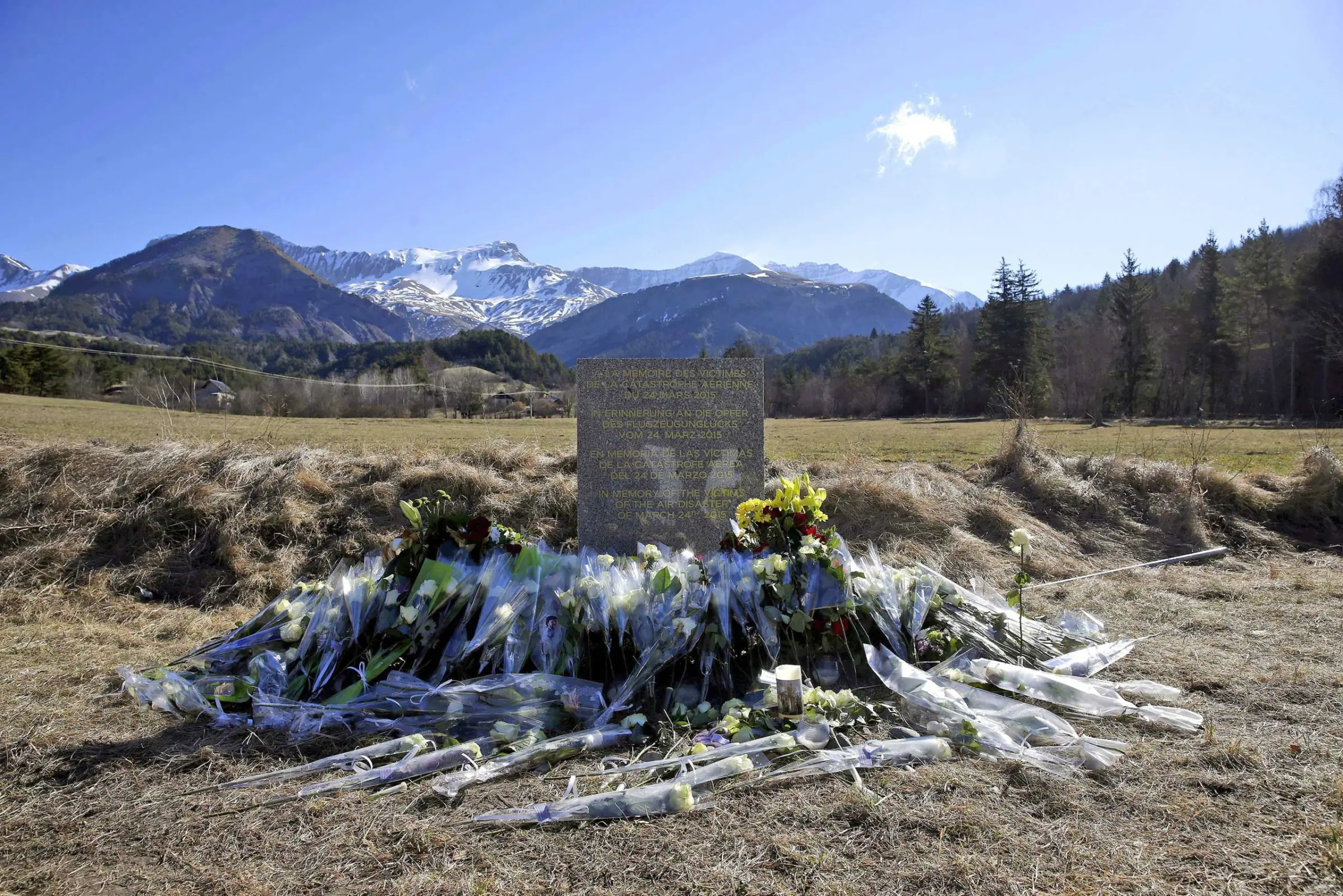





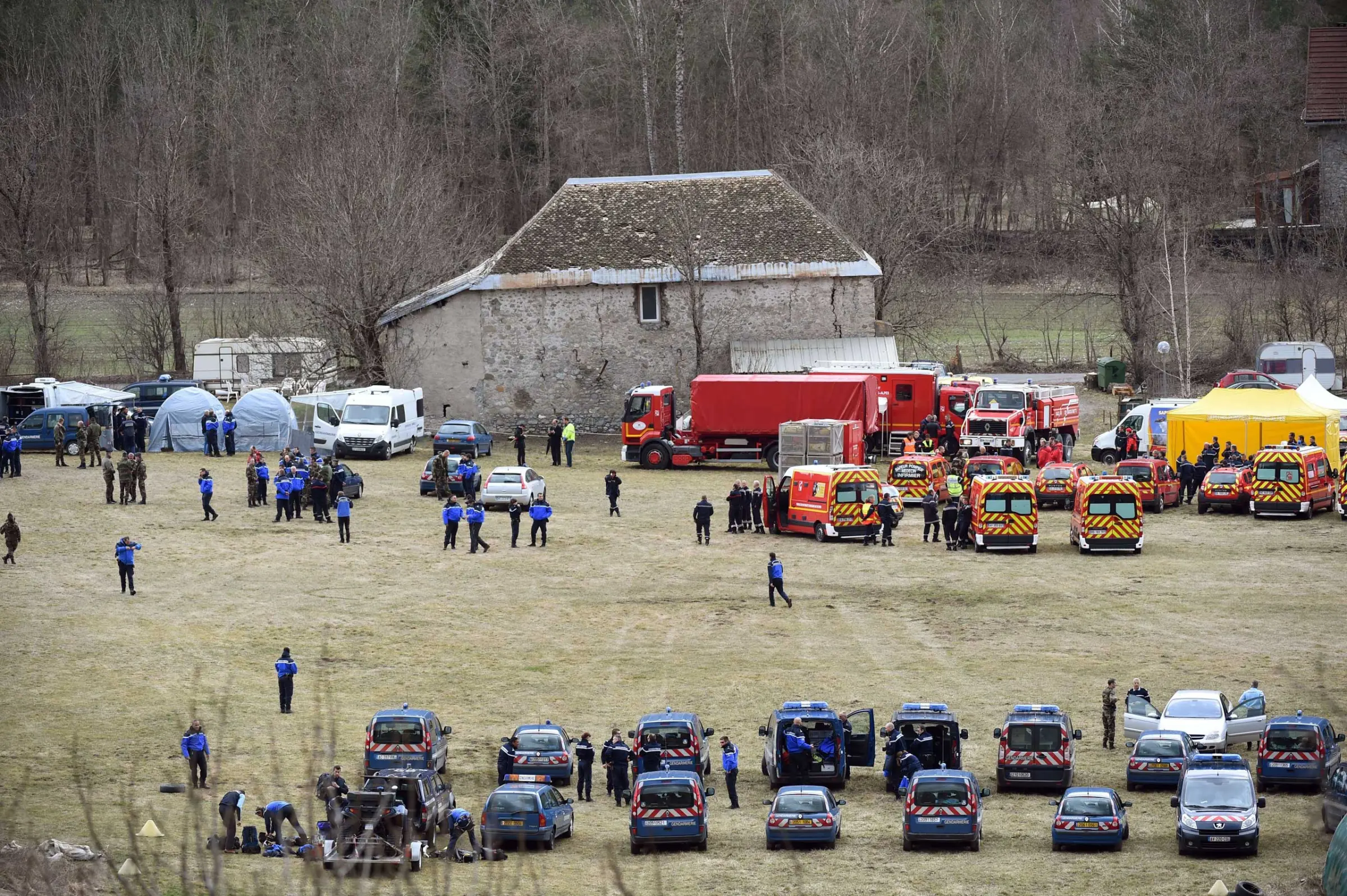
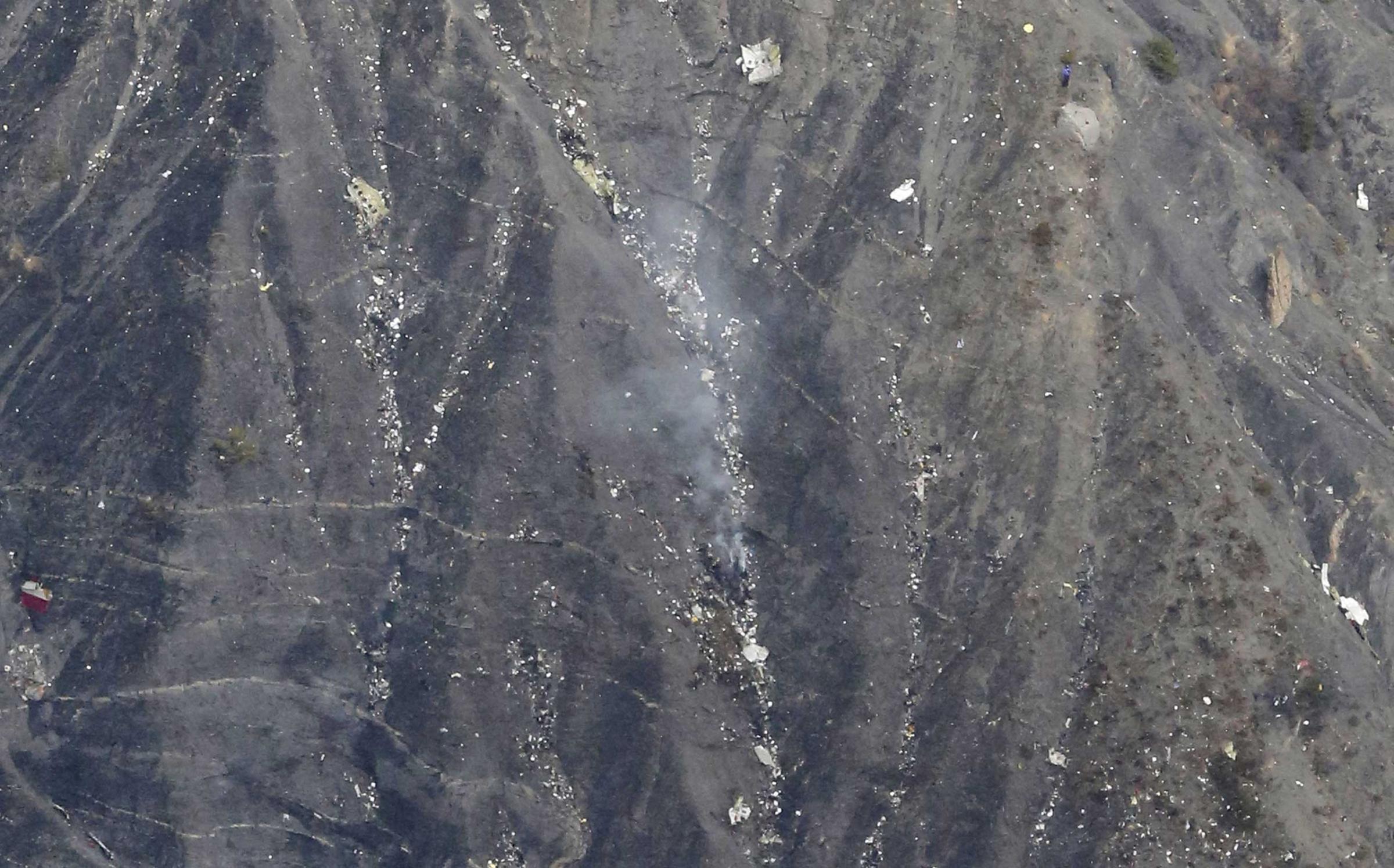

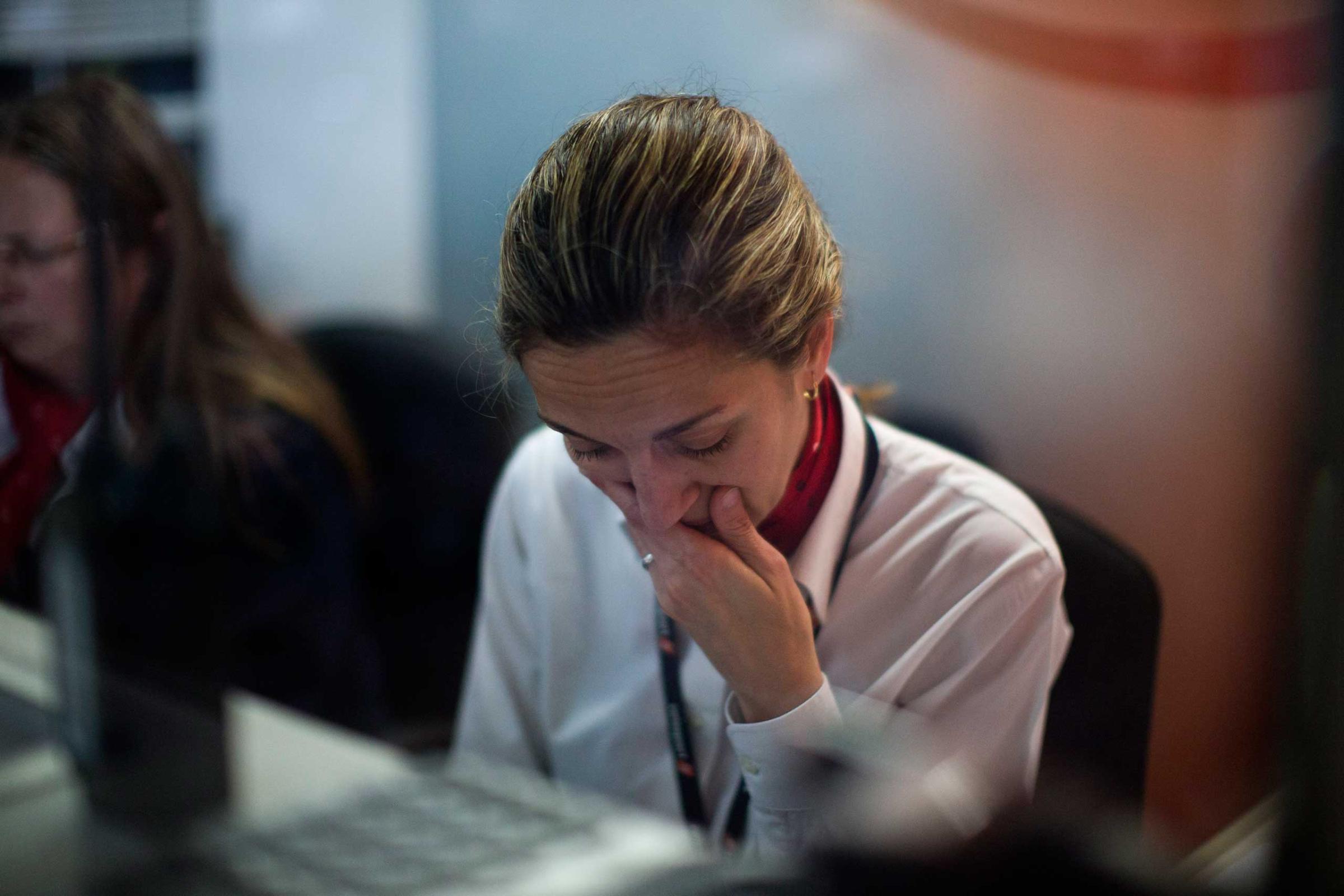
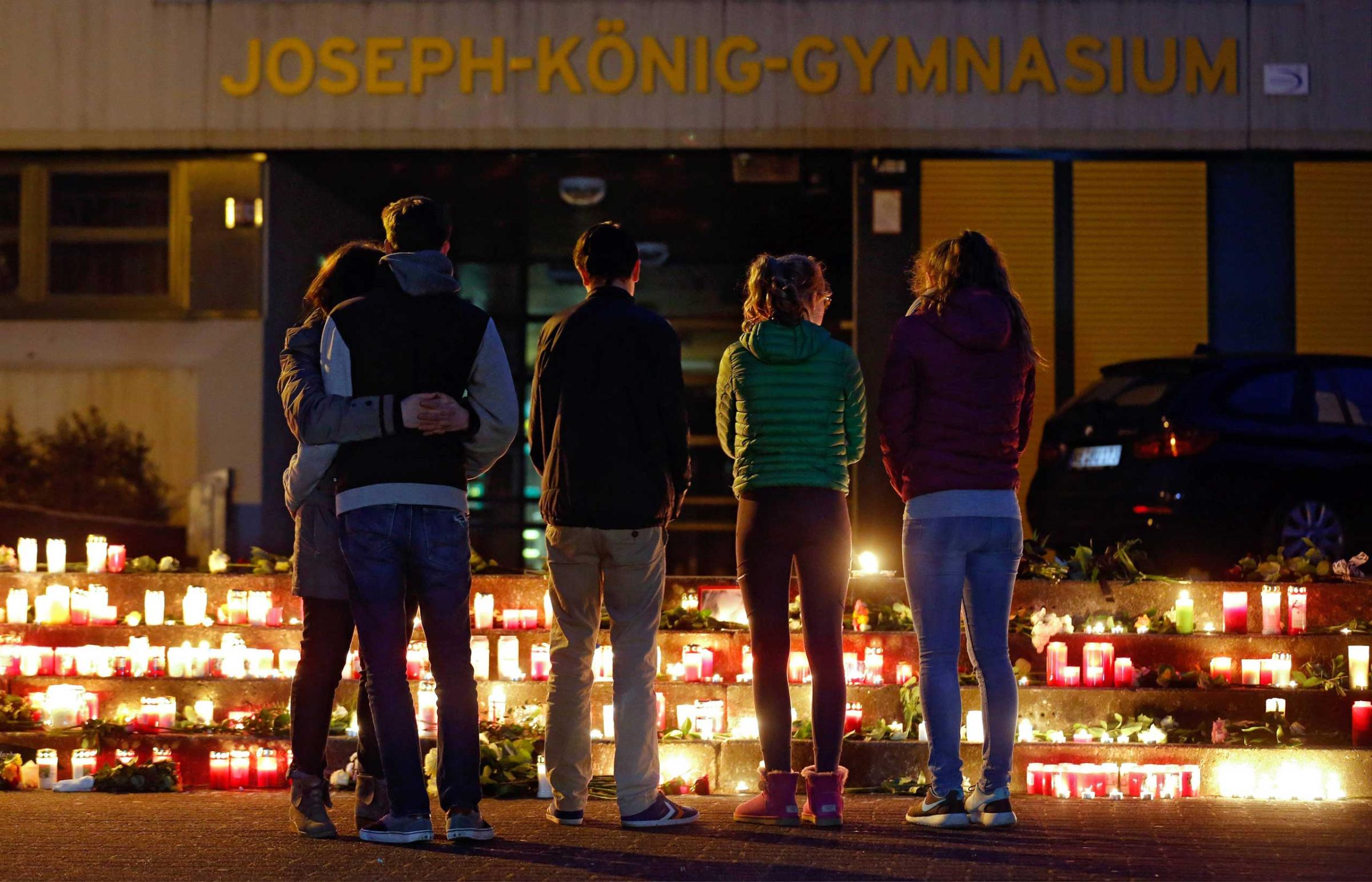
Read more: Germanwings Co-Pilot Informed Flight School of Depressive Episode
More Must-Reads From TIME
- The 100 Most Influential People of 2024
- The Revolution of Yulia Navalnaya
- 6 Compliments That Land Every Time
- What's the Deal With the Bitcoin Halving?
- If You're Dating Right Now , You're Brave: Column
- The AI That Could Heal a Divided Internet
- Fallout Is a Brilliant Model for the Future of Video Game Adaptations
- Want Weekly Recs on What to Watch, Read, and More? Sign Up for Worth Your Time
Contact us at letters@time.com